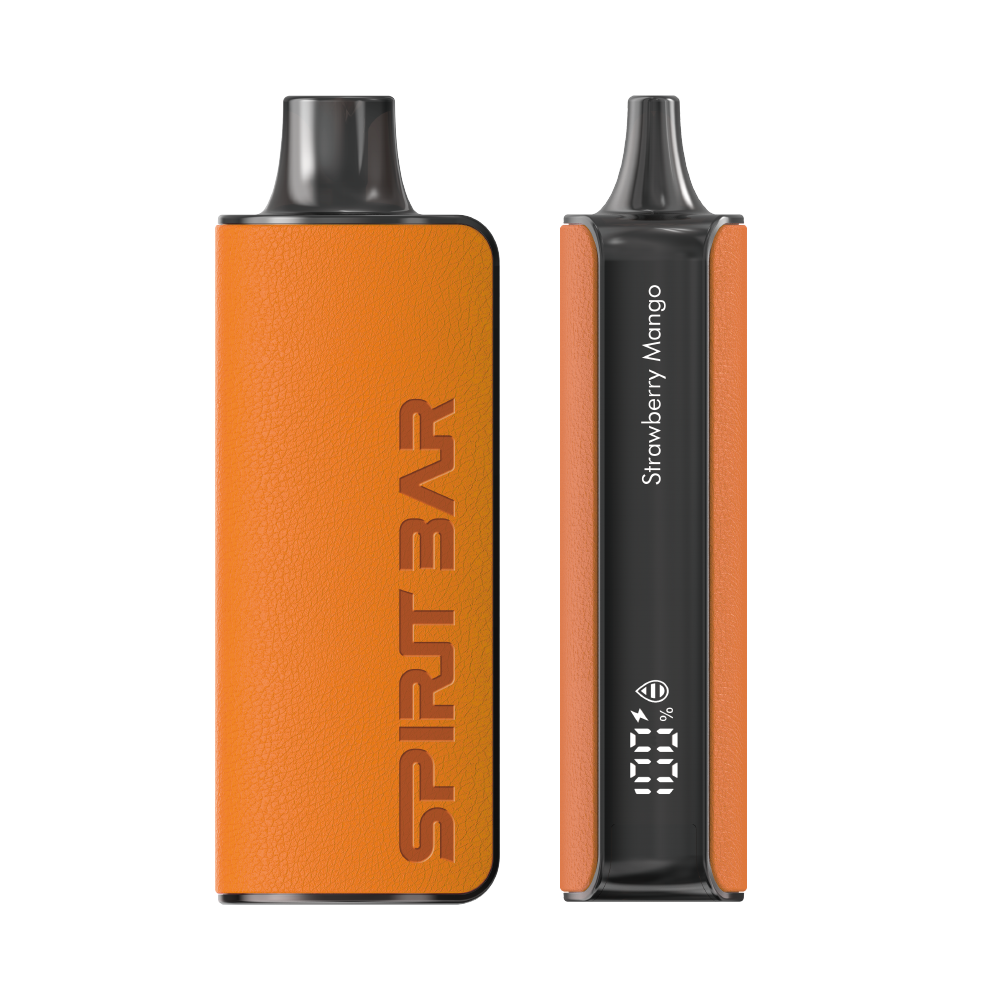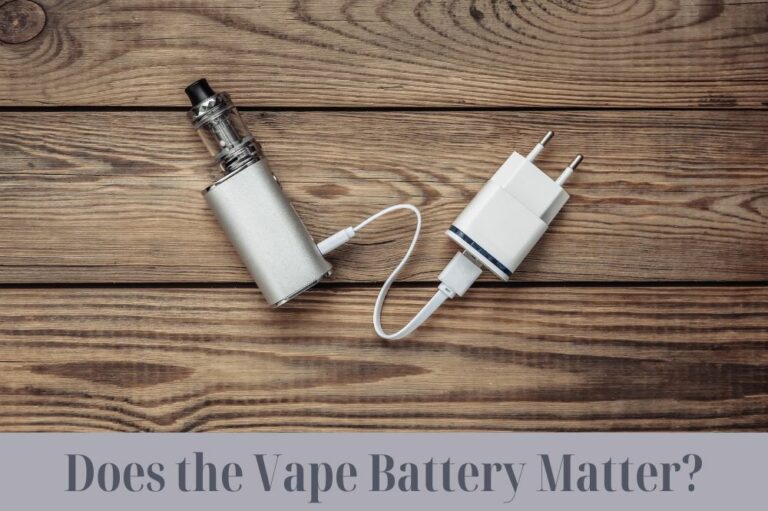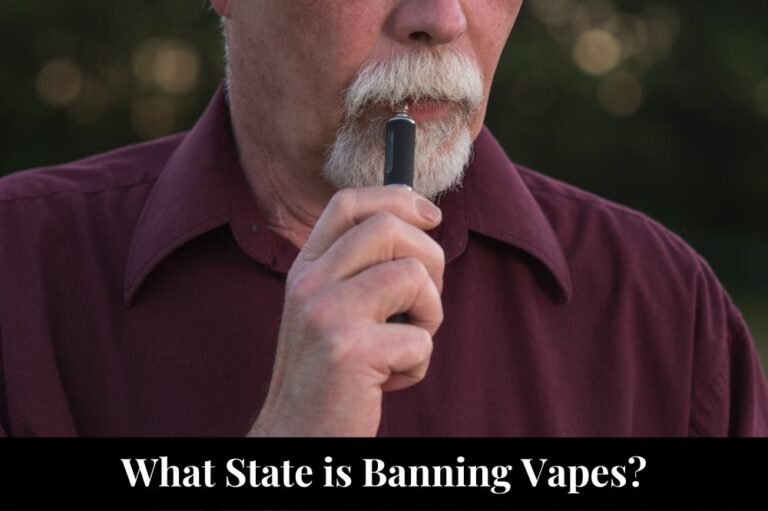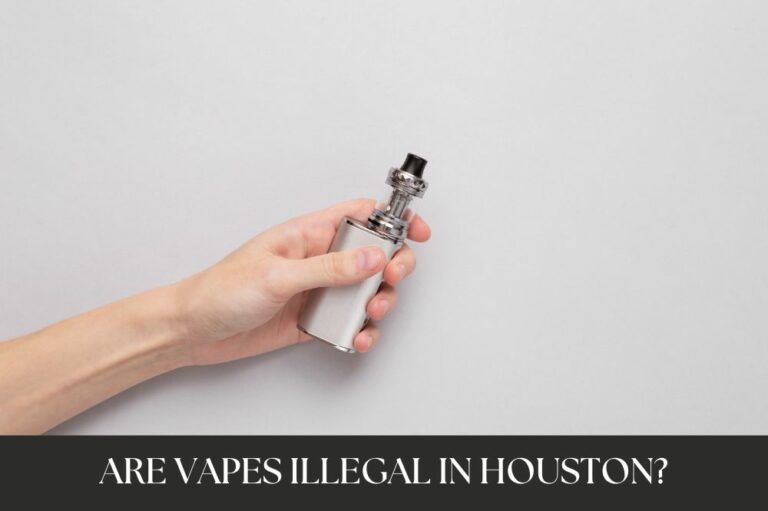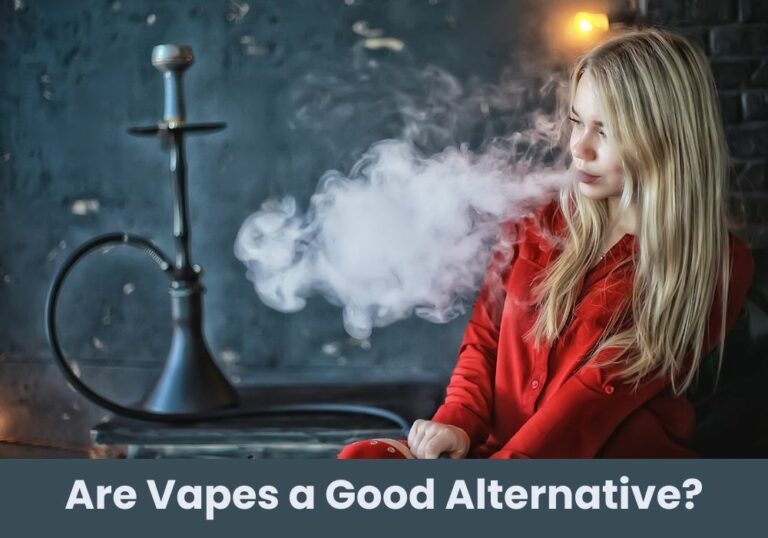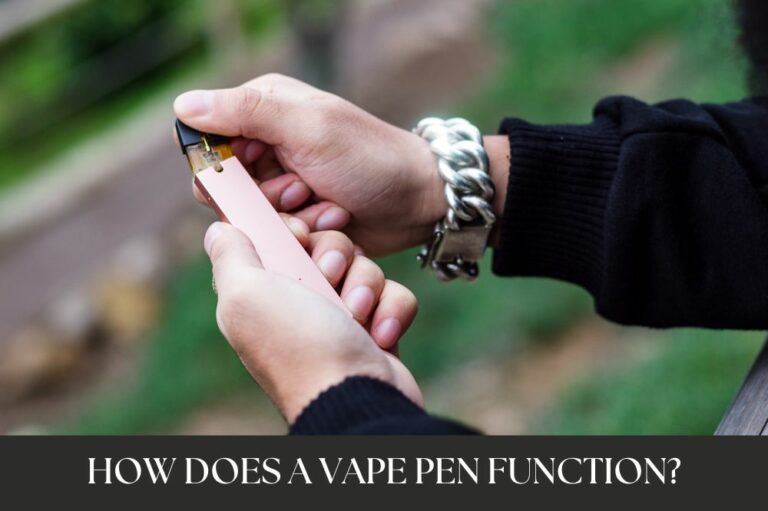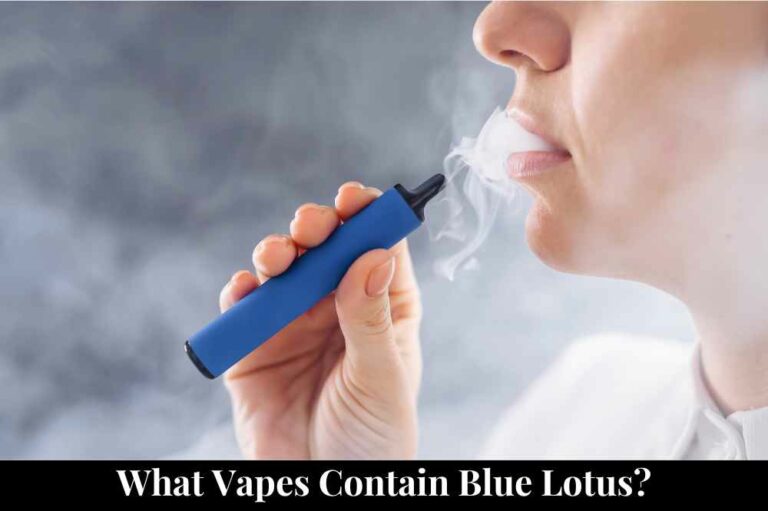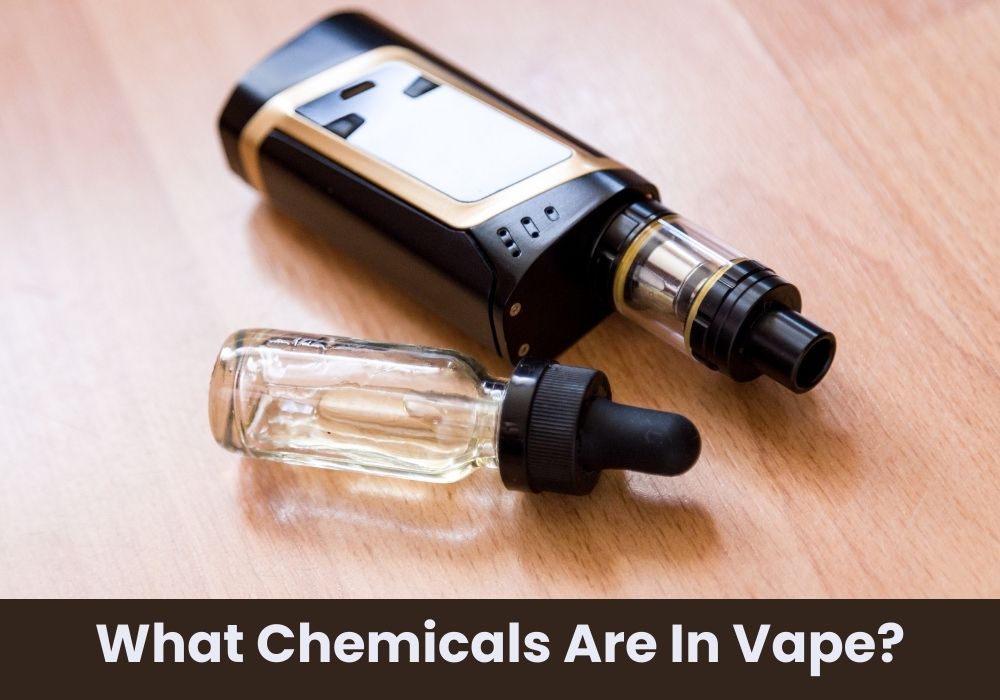
So, you want to know what chemicals are in vape? Well, you’re in luck because we’re about to break it down for you. Vaping has become increasingly popular in recent years, especially among younger generations. However, many people are unaware of what they are actually inhaling when they use e-cigarettes or vape pens.
First and foremost, it’s important to understand that the liquid used in vapes, also known as e-juice or vape juice, typically contains nicotine, propylene glycol, and/or vegetable glycerin. Nicotine is a highly addictive substance that is derived from tobacco, while propylene glycol and vegetable glycerin are used to create the vapor that is inhaled. Additionally, e-juice often contains flavorings and other chemicals, which can vary depending on the brand and type of vape.
While vaping is often marketed as a safer alternative to smoking traditional cigarettes, it’s important to note that e-cigarettes still contain potentially harmful chemicals. Studies have found that vaping exposes you to fewer toxic chemicals than smoking traditional cigarettes, but that doesn’t mean it’s completely risk-free. So, if you’re thinking about trying vaping or are already a regular user, it’s important to understand what chemicals are in vape and the potential risks associated with using e-cigarettes.
The Vape Vortex
Welcome to the world of vaping! You’ve entered the vortex of vapor, where the clouds are thick, and the flavors are endless. But have you ever wondered what’s actually in that e-juice you’re inhaling? Let’s take a closer look.
Nicotine Nuisance
First and foremost, let’s address the elephant in the room: nicotine. Yes, it’s the same addictive substance found in cigarettes. But in e-cigarettes, it’s usually mixed with propylene glycol or vegetable glycerin and flavorings to create a liquid that can be vaporized and inhaled.
According to Drugwatch, the nicotine content in e-cigarettes can vary widely, from as little as 6 mg/mL to as much as 60 mg/mL. To put that in perspective, a single cigarette contains about 10-12 mg of nicotine. So, depending on the strength of your e-juice and how much you vape, you could be getting more nicotine than you would from smoking a whole pack of cigarettes!
But nicotine isn’t the only chemical you’re inhaling. E-juice can contain a variety of other ingredients, including:
SPIRITBAR Katana BP10000
- Slender, leather-textured body reminiscent of a katana handle for an authentic samurai feel
- Unique samurai-inspired e-liquid flavor - fruity yet not too sweet, with a luxurious, elegant aroma
- Powerful 650mAh rechargeable battery for extended vaping time
- Large 18ml e-liquid capacity and 10,000 puff capacity
- Advanced mesh coil and e-liquid & power display screens for optimal vaping experience
The special juice captures the essence of the samurai spirit with its rich, smoothly pulsating flavor that brings new satisfaction with every puff. The device's slender, leather-textured design evokes the grip of a samurai's katana, making this product a perfect choice for beginner vapors.
- Propylene glycol: This is a synthetic compound commonly used in food and personal care products. It’s also used in e-cigarettes to create the vapor that you inhale. While propylene glycol is generally recognized as safe by the FDA, some people may experience allergic reactions or irritation from inhaling it.
- Vegetable glycerin: This is a natural compound derived from vegetable oil. It’s also used in e-cigarettes to create vapor. Like propylene glycol, vegetable glycerin is generally recognized as safe by the FDA, but some people may experience irritation or allergic reactions from inhaling it.
- Flavorings: E-juice can contain a wide variety of flavorings, from fruity to minty to dessert-like. These flavorings are usually made from a combination of natural and artificial ingredients. While most flavorings are safe to eat, there’s still a lot we don’t know about the safety of inhaling them.
- Other chemicals: Depending on the brand and type of e-juice you’re using, there could be other chemicals present as well. For example, some e-juices have been found to contain diacetyl, a chemical that can cause a serious lung disease called bronchiolitis obliterans.
So, there you have it – a brief rundown of what’s in your vape. While e-cigarettes are generally considered to be less harmful than traditional cigarettes, that doesn’t mean they’re completely safe. It’s important to be aware of what you’re inhaling and to use e-cigarettes responsibly. Happy vaping!
Propylene Glycol Party
Ah, propylene glycol, the life of the party! This chemical is a common ingredient in vape juice and is used to help create those big, fluffy clouds that vapers love so much. But what exactly is it?
Propylene glycol is a synthetic liquid that is often used as a food additive and is generally recognized as safe by the FDA. It’s also used in a variety of other products, such as cosmetics and medications. When it comes to vaping, propylene glycol is used to help create the vapor that vapers inhale.
But is it safe to vape? According to Cyclone Pods, high-quality vapes with propylene glycol are usually safe and non-toxic as long as they are free from nicotine and other harmful additives. However, low-quality vapes and electronic cigarettes that contain nicotine and chemicals like diacetyl and vitamin E acetate can cause serious health issues, like damage to gum tissue and lung disease.
SPIRITBAR Jack’s Flask 9000 Puffs
- Stylish pirate flask-shaped body providing an exciting vaping experience
- Delivering up to 9000 puffs per device
- 20ml e-liquid capacity with 50mg nicotine strength for satisfying throat hit
- Specialized pirate-themed e-juice flavors for rich, swirling taste
- Premium mesh coil optimizes flavor profile for maximum vaping enjoyment
This disposable vape captures the daring spirit of the high seas with its flask styling and signature pirate e-juice flavors. The extraordinary battery life provides 9000 indulgent puffs for extended vaping pleasure. Live boldly and freely with the Jack's Flask - a legendary vaping experience fit for a pirate's adventures.
So, if you’re going to vape, make sure you’re using a high-quality product that doesn’t contain any harmful additives. And if you’re ever at a party where someone offers you a vape juice that smells like popcorn or butter, just say no. That’s a sign that it probably contains diacetyl, which has been linked to a serious lung disease called bronchiolitis obliterans, also known as “popcorn lung.”
In conclusion, while propylene glycol may be the life of the party, it’s important to make sure you’re using a safe and high-quality product when you vape. And if someone offers you a vape juice that smells like buttered popcorn, just politely decline and stick to the classics.
Vegetable Glycerin Gala
Ah, vegetable glycerin. The unsung hero of the vaping world. You might not know it by name, but you’ve definitely vaped it before. It’s the thick, sweet liquid that makes those big, fluffy clouds that we all love so much. But what exactly is it?
Vegetable glycerin, or VG for short, is a clear, odorless liquid that is derived from vegetable oils. It’s commonly used in food, cosmetics, and pharmaceuticals, and it’s also a key ingredient in e-liquids. VG is thicker and sweeter than its counterpart, propylene glycol (PG), which is why it’s so often used to create those big, billowy clouds.
But is VG safe to vape? The short answer is yes, it is. In fact, VG is generally considered to be safer than PG, which can cause irritation in some people. However, as with anything that you inhale into your lungs, there are potential risks. Some studies have suggested that inhaling VG can cause respiratory irritation, but these studies have been largely inconclusive.
Overall, VG is a pretty great ingredient. It’s safe, it’s sweet, and it helps create those beautiful clouds that we all love to see. So the next time you’re vaping and blowing big, fluffy clouds, take a moment to thank VG for all that it does.
Flavoring Fiasco
When it comes to vaping, flavor is everything. But did you know that some of your favorite e-juice flavors could be hiding a dirty little secret? That’s right, we’re talking about harmful chemicals.
Diacetyl Drama
First up, we have diacetyl. It’s a chemical that’s used to give e-juice a buttery flavor. Sounds harmless, right? Wrong. Inhaling diacetyl can cause a condition known as “popcorn lung.” It gets its name from the fact that it was first discovered in workers at a popcorn factory. The condition causes scarring of the lungs, which can lead to coughing, wheezing, and shortness of breath.
So, if you’re a fan of buttery e-juice flavors, you might want to think twice before taking a puff. Check the label to see if diacetyl is listed as an ingredient. If it is, you might want to consider switching to a different flavor.
Acetyl Propionyl Pantomime
Next on our list is acetyl propionyl. It’s another chemical that’s used to give e-juice a buttery flavor. And, like diacetyl, it’s been linked to popcorn lung.
SPIRITBAR Katana BP10000
- Slender, leather-textured body reminiscent of a katana handle for an authentic samurai feel
- Unique samurai-inspired e-liquid flavor - fruity yet not too sweet, with a luxurious, elegant aroma
- Powerful 650mAh rechargeable battery for extended vaping time
- Large 18ml e-liquid capacity and 10,000 puff capacity
- Advanced mesh coil and e-liquid & power display screens for optimal vaping experience
The special juice captures the essence of the samurai spirit with its rich, smoothly pulsating flavor that brings new satisfaction with every puff. The device's slender, leather-textured design evokes the grip of a samurai's katana, making this product a perfect choice for beginner vapors.
But that’s not all. Acetyl propionyl has also been shown to cause damage to the respiratory system and can even be toxic to the liver in high doses. So, if you’re vaping an e-juice that contains acetyl propionyl, you might want to think about switching to a different flavor.
In conclusion, when it comes to vaping, it’s important to be aware of what you’re inhaling. While flavor is a big part of the vaping experience, it’s not worth risking your health. So, be sure to check the label and avoid any e-juice that contains harmful chemicals like diacetyl and acetyl propionyl.
The Formaldehyde Fright
So, you’ve heard about the dangers of vaping, and one of the scariest things you’ve heard is that it can expose you to formaldehyde. Yikes! Before you freak out and swear off vaping forever, let’s take a closer look at this formaldehyde fright.
First of all, let’s talk about what formaldehyde is. It’s a colorless gas with a strong smell that’s often used in building materials, cleaning products, and even in some types of food. It’s also found in cigarette smoke, wood-burning stoves, and unvented gas stoves. So, it’s not like formaldehyde is some exotic chemical that you’ve never encountered before.
Now, let’s talk about the levels of formaldehyde in vaping. Yes, it’s true that some studies have found formaldehyde in e-cigarette vapor. But here’s the thing: those studies used unrealistic conditions, such as overheating the e-cigarette or using it for an extended period of time without a break. In real-world conditions, the levels of formaldehyde in e-cigarette vapor are much lower and not a cause for concern.
So, should you be worried about formaldehyde in your e-cigarette? Not really. As long as you’re using your e-cigarette as directed and not overheating it, you’re not going to be exposed to dangerous levels of formaldehyde. And remember, formaldehyde is all around us, so it’s not like you’re completely avoiding it by not vaping.
In summary, the formaldehyde fright is a bit overblown. While it’s true that e-cigarette vapor can contain formaldehyde, the levels are not a cause for concern in real-world conditions. So, don’t let the fear of formaldehyde scare you away from vaping.
The Acrolein Alarm
Oh boy, here comes acrolein, the chemical that’s been making headlines lately. It’s a herbicide that’s primarily used to kill weeds, but it’s also found in electronic cigarettes.
According to the American Lung Association, acrolein can cause irreversible lung damage. Yikes! That’s not something you want to mess around with.
Research has shown that exposure to acrolein can lead to vascular oxidative stress, which can cause an increase in superoxide formation. This can be seen through increased dihydroethidium (DHE) staining of mouse aortic cryosections that have been incubated with 1-10 µM acrolein.
But don’t panic just yet. While acrolein is definitely something to be aware of, it’s not the only chemical found in e-cigarettes. Diacetyl, a chemical linked to a lung disease called bronchiolitis obliterans (aka “popcorn lung”), and diethylene glycol, a toxic chemical used in antifreeze that is linked to lung disease, are also present.
So, what’s the bottom line? When it comes to vaping, it’s important to be aware of the potential risks associated with the chemicals in e-cigarettes. While vaping may seem like a safer alternative to smoking, it’s not risk-free. Be sure to do your research and make an informed decision before picking up that e-cigarette.
Tobacco-Specific Nitrosamines Tangle
So, you want to know what chemicals are in vape? Well, let’s talk about tobacco-specific nitrosamines (TSNAs). These are a group of chemicals that are found in tobacco products, including cigarettes and some e-cigarettes.
TSNAs are formed during the curing and processing of tobacco, and they are known to be highly carcinogenic. Some of the most common TSNAs found in tobacco products include NNN, NNK, NAT, and NAB.
Now, here’s where things get a little complicated. While TSNAs are definitely present in tobacco products, the levels of these chemicals can vary depending on the product. For example, cigarettes typically contain higher levels of TSNAs than e-cigarettes.
But that’s not the end of the story. Some studies have suggested that the way you use a tobacco product can also affect your exposure to TSNAs. For example, if you smoke a cigarette all the way down to the filter, you may be exposed to more TSNAs than if you only smoke half of the cigarette.
So, what does all of this mean for vapers? Well, it’s important to note that not all e-cigarettes contain TSNAs. However, some studies have found trace amounts of these chemicals in certain e-cigarette products.
Overall, the TSNAs tangle can be a bit confusing. While these chemicals are definitely a concern when it comes to tobacco products, the levels and types of TSNAs can vary depending on the product and how it is used. If you’re concerned about your exposure to TSNAs, it’s best to talk to your doctor or a healthcare professional.
Metals Madness
If you think vaping is a safer alternative to smoking, think again. Vaping liquids can contain toxic metals that are harmful to your health. Here are two of the most dangerous metals found in vaping liquids:
Lead Lunacy
Lead is a metal that can cause serious health problems, especially in children. It can damage the brain and nervous system, and even cause death in high doses. Unfortunately, lead is often found in vaping liquids, which can expose you to dangerous levels of this toxic metal.
Cadmium Craziness
Cadmium is another metal that can cause serious health problems. It can damage the kidneys, lungs, and bones, and even cause cancer. Unfortunately, cadmium is often found in vaping liquids, which can expose you to dangerous levels of this toxic metal.
So, if you think vaping is a safer alternative to smoking, think again. Vaping liquids can contain toxic metals that are harmful to your health. If you want to protect yourself from these dangerous metals, it’s best to avoid vaping altogether.

